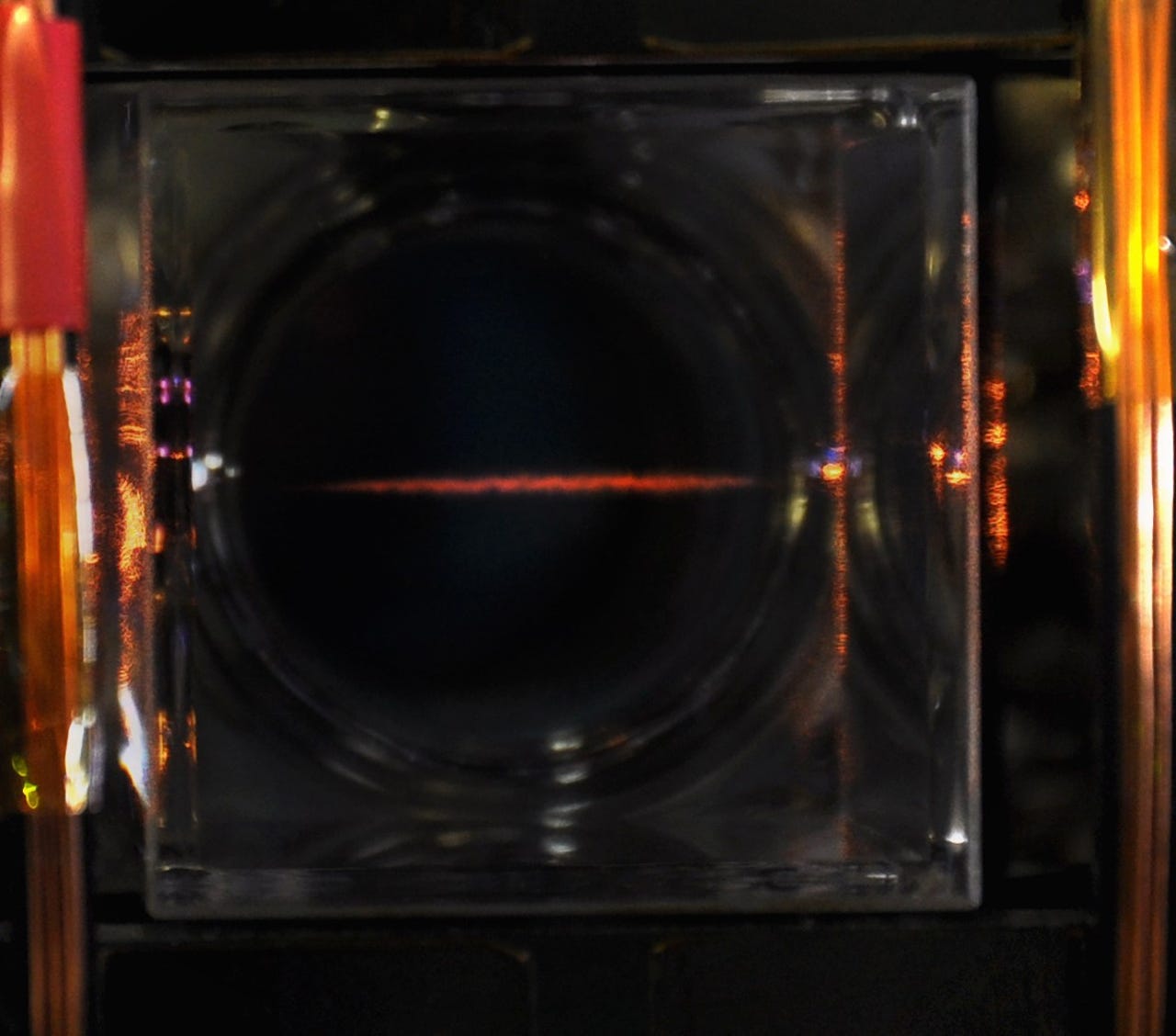AI proving better at quantum repeater 'trial and error' input control than ANU scientists


Atomic cloud
Scientists at the Australian National University (ANU) have used a neural network to boost the capture of cold atoms needed for quantum repeater research, the university said over the weekend.
With the use of artificial intelligence (AI), the team found that it could trap twice as many atoms in half the time.
"We use AI to control a large number of inputs to our experiment -- the different laser and magnetic field settings -- to seek out the best possible experimental conditions," Dr Geoff Campbell, post-doctoral fellow at the Centre for Quantum Computation and Communication Technology, said.
"Because we have so many inputs, we can only make educated guesses based on our understanding of what works best, but the AI is better at it than we are."
Associate professor Ben Buchler said the solution the network found denied the teams' intuition, and 100 students working for a century would probably not find it.
"Our main research focus is to develop a quantum repeater, a device that can be used to send quantum information over long distances. For that to work, we need to trap as many cold atoms in it as possible," Buchler added.
"The difficulty is that it's almost impossible to build a complete model of how the atoms interact with each other, so we need to optimise the experiment by trial and error."
Last month, ANU announced the invention of a camera lens 100 times thinner than a human hair that could be used in the future to transfer information quantum computers to an optical fibre network.
The device is made of a silicon film with millions of nano-structures forming a metasurface, which ANU said can control light with functionalities outperforming traditional systems.
According to ANU, the device offers a compact, integrated, and stable solution for manipulating quantum light and is fabricated with a similar kind of manufacturing technique used by Intel and Nvidia for chips.
Earlier this month, ANU created a part-organic semiconductor, which could be used to make bendable devices.
ANU explained that the organic component of the semiconductor has the thickness of just one atom and is made from just carbon and hydrogen. The inorganic component has the thickness of around two atoms.
The hybrid structure can convert electricity into light efficiently for displays on mobile phones, televisions, and other electronic devices, the university said.
Related Coverage
ANU develops part-organic semiconductor
The university said the invention could help make devices such as mobile phones bendable.
ANU touts tiny camera lens for quantum information transfer
The Australian National University believes the new invention could result in a device that links quantum computers to an optical fibre network.
ANU moves closer to fracture-proof phone screens
Discoveries by the Australian National University and Institut de Physique du Globe de Paris could be used to alter the structure of glass to improve resistance to fractures.
ANU brings 10-year-old quantum internet theory to life
The university finds erbium-doped crystal suited to enable a global telecommunications network that harnesses the properties of quantum mechanics.
Data61 and ANU establish research institute to tackle AI
The 3A Institute will bring together researchers from around the world to address the various challenges around the application of artificial intelligence.
AI, cybersecurity shape the CIO agenda for 2019 as IT budgets rise (TechRepublic)
Companies are scaling digital transformation projects, but privacy remains a top concern, according to a Gartner report.